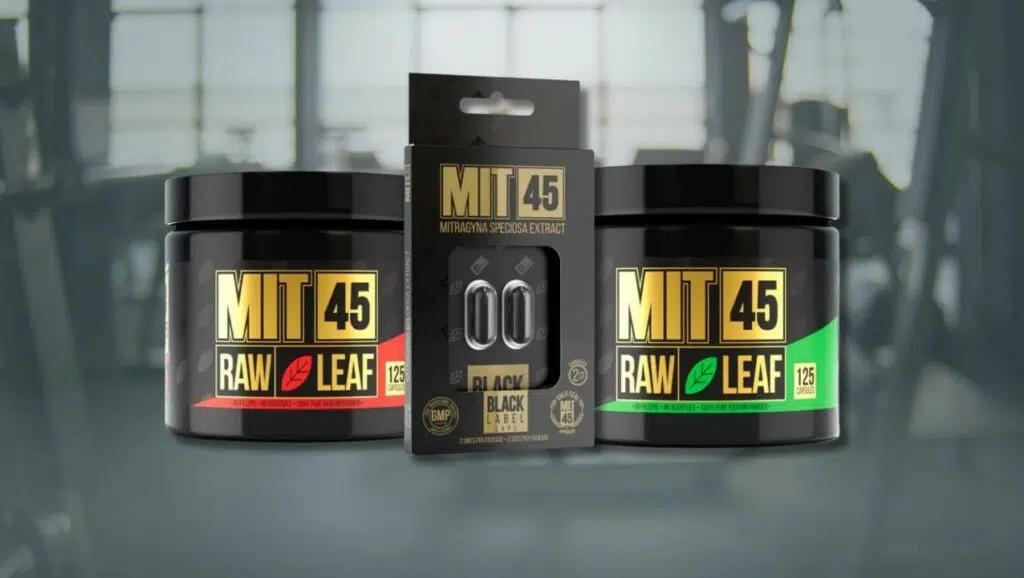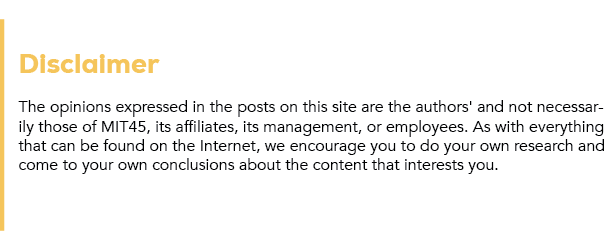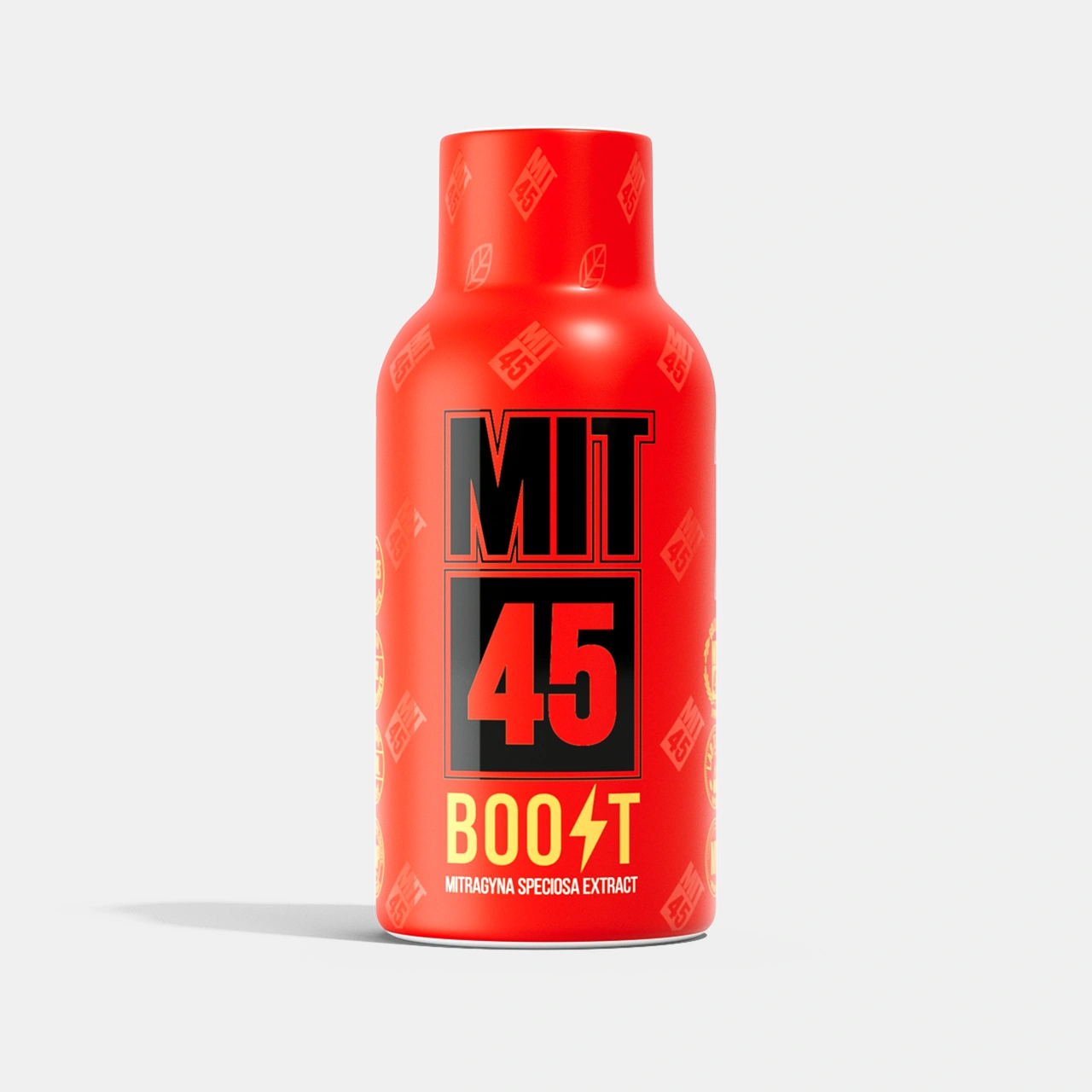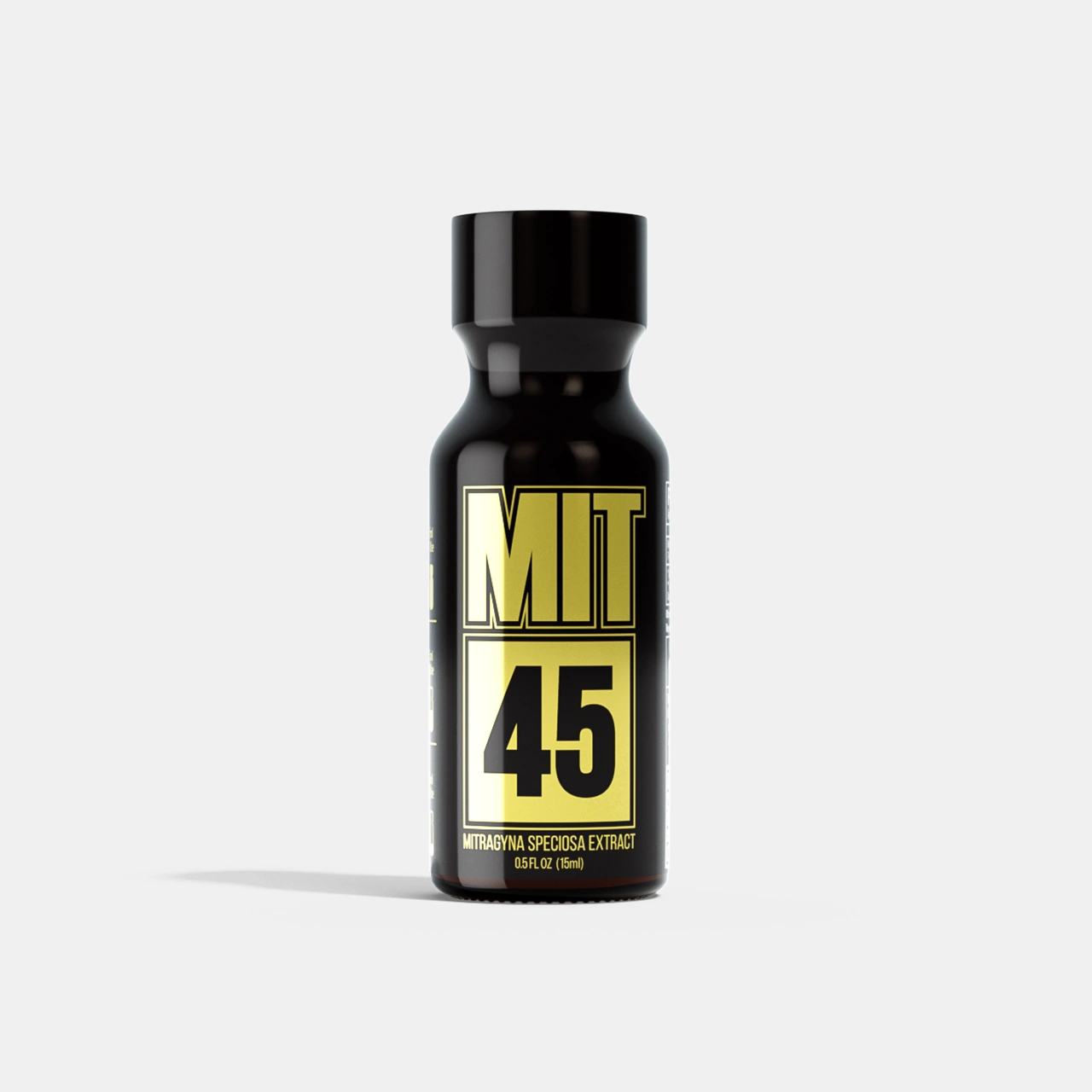Have you ever looked in the mirror and felt frustrated that your hard physical work isn’t reflected in your body? You work out, eat right, and implement weight training in your weekly routines. However, no matter what you do, your body composition remains the same.
Even for those of us who practice healthy, holistic eating habits and make fitness a priority, improving our body composition can remain elusive. Our bodies are stubborn, and workouts and weight loss alone may not change our toning and overall look.
If you wonder how you can improve your body composition, you’re not alone. Decreasing fat while increasing muscle requires intentional and well-researched steps.
Let’s take a look at expert-approved body composition tips on how you might implement kratom in your fitness routine, and how to meet your health and fitness goals.
What body composition means
Body composition covers the percentages of bone, fat, and muscle that comprise your total mass. Building muscle and reducing unhealthy body fat can change your body’s composition in significant ways.
Body composition isn’t always related to weight, but rather, your muscle mass, or the percentage of your body that’s muscle. Muscle is denser than body fat, so you may gain weight as you pack on muscle—but your body may look leaner and more well-toned.
Body fat, body composition, and health issues
Your body fat goes a long way in assessing your overall health and body composition. Body fat can be measured in numerous ways, and your percentage of body fat may impact your overall health.
The most accurate body fat measurements are gained via circumference measurements, skinfold measurements, and the bioelectrical impedance analysis (BIA) technology included on some household scales.
You should consult a medical professional to discern the appropriate body fat percentage for your body type. However, ensuring you’re within an acceptable range of body fat for your height and weight can improve your fitness and reduce your risk of some health issues.
Some of the health issues caused by excessive body fat include:
- Cardiovascular disease
- Coronary heart disease
- Diabetes
- Gallbladder disease
- Obesity
- Stroke
Ways to transform your body composition
Your body composition can be influenced by a variety of factors that you can’t control, including genetics and age. Hormonal changes and changes to your metabolism may impact the way your body looks, too.
The good news is, there are incremental steps you can take that will have a direct impact on the way your body looks and feels. The initial step may feel daunting, but once you get going, you’ll be unstoppable.
Change your body with help from a medical professional
It may seem as though body composition experts lurk around every social media and Internet corner. However, not all “experts” are created equal. It’s important to research the credentials and proven track records of people who deem themselves “body comp coaches” or “toning gurus.”
Dietitians, nutritionists, and sports medicine doctors may not have the spotlight of scantily-clad fitness influencers on TikTok or YouTube. Nevertheless, if you want to experience a true body composition transformation, you should consult a medical professional before undertaking any extreme changes to your daily routine.
Medical professionals can take accurate measurements of your body fat percentage, and advise you on any fitness or dietary changes you need to make to change your body composition.
Regular exercise for body composition
Physical activity is key to burn fat and gain muscle. It can help speed up your metabolism, and leave you feeling great. Create a workout plan that fits your body composition goals.
A combination of cardio fitness, resistance, and strength training exercises can improve your body composition, and are vital to reduce body fat and increase lean muscle mass. Incorporating a regular exercise routine into your daily life will also help you increase your endurance and energy levels.
Eat healthy and eat enough to spark positive change
According to the National Institutes of Health (NIH), if you ensure you’re eating nutrient-dense foods in conjunction with regular physical exercise and sustained fitness goals, you may see a drastic improvement in your body composition.
However, if you skip too many meals or don’t take in enough calories to meet your recommended daily intake, your body will react by storing, rather than burning off, the fat you consume.
Foods that you should add to your diet for a change in body composition include:
- Berries that are rich in antioxidants and fiber, and fill you up (including blueberries and raspberries)
- Fatty fish, rich in easy to burn omega-3 fats (like salmon, herring, and sardines)
- Nuts that are rich in nutrients, fiber, and antioxidants (for example, walnuts and almonds)
- Whey protein to increase your metabolic rate (found in foods like cottage cheese and Greek yogurt, and available as a supplement)
Implement and intentionally follow a wellness regimen
In order to achieve holistic health and drastically improve your body composition, you should also implement changes in any area negatively impacting your body fat percentage.
This means incorporating a wellness regimen that may include supplements like kratom, and combines physical exercise, healthy eating habits, and correct sleeping patterns to completely transform the way you look and feel.
The NIH has also found a correlation between the quality of sleep you regularly experience and your body composition. Poor sleep quality can decrease melatonin levels, increase body inflammation, and disrupt your circadian rhythms.
Kratom might help you achieve body composition and fitness goals
Kratom is a natural ingredient that comes from different varieties of leaf from a tree indigenous to Southeast Asia. Kratom leaves can be ingested in liquid, gummy, powder, or capsule form.
You should only purchase kratom from a vetted, well-reviewed manufacturer with stringent testing processes in place, and consult your doctor before selecting the right kratom products and strains to best meet your needs.
Kratom may help reduce fatigue, increase energy levels, enhance mental clarity, and produce soothing effects. If you include a small serving size of kratom in the daily wellness regimen you create, you may find it’s helpful with increasing your fitness levels and reducing your recovery time.
You may discover that kratom is a helpful tool in improving your body composition.
Connect with MIT45
Many factors impact your body composition—you may achieve your weight loss and fitness goals but only see a subtle shift in how your body looks. The great news is that there are many steps you can change to improve your body composition and live the life you desire.
By consulting a medical professional, participating in daily physical fitness activities, eating right, and implementing a wellness regimen, you can achieve your body composition goals. Like all good things, improving your body composition takes time but the results are worth the wait.
At MIT45, our products undergo rigorous testing before they hit the market. We adhere to extremely high kratom standards and use the best quality kratom strains to manufacture our kratom products.
Visit our online store to choose the best kratom products for you, and be sure to check out our blog for MIT45 kratom education, tips, and insights on how to integrate kratom products into your lifestyle.
For further reading
If you want to learn more about how to improve your body composition, check out these valuable resources:
Corleone J. Body Composition: What It Is and Why It Matters. Verywellfit.com. Published November 2022.
MacPherson R. How to Improve Body Composition With Nutrition and Exercise. Verywellfit.com. Published January 2023.
Stephens A. Change Body Composition in a Healthy Way. Amystephensnutrition.com. Accessed May 2023.
Tinsley G. How to Improve Body Composition, Based on Science. Healthline.com. Published October 2017.
Vanderwall C. CPE Monthly: Assessing and Monitoring Body Composition — Learn About Different Methods of Monitoring Body Composition for Weight Management Throughout the Life Cycle and How to Apply Them to a Variety of Patient Care Settings. Todaysdietitian.com. Published September 2017.







